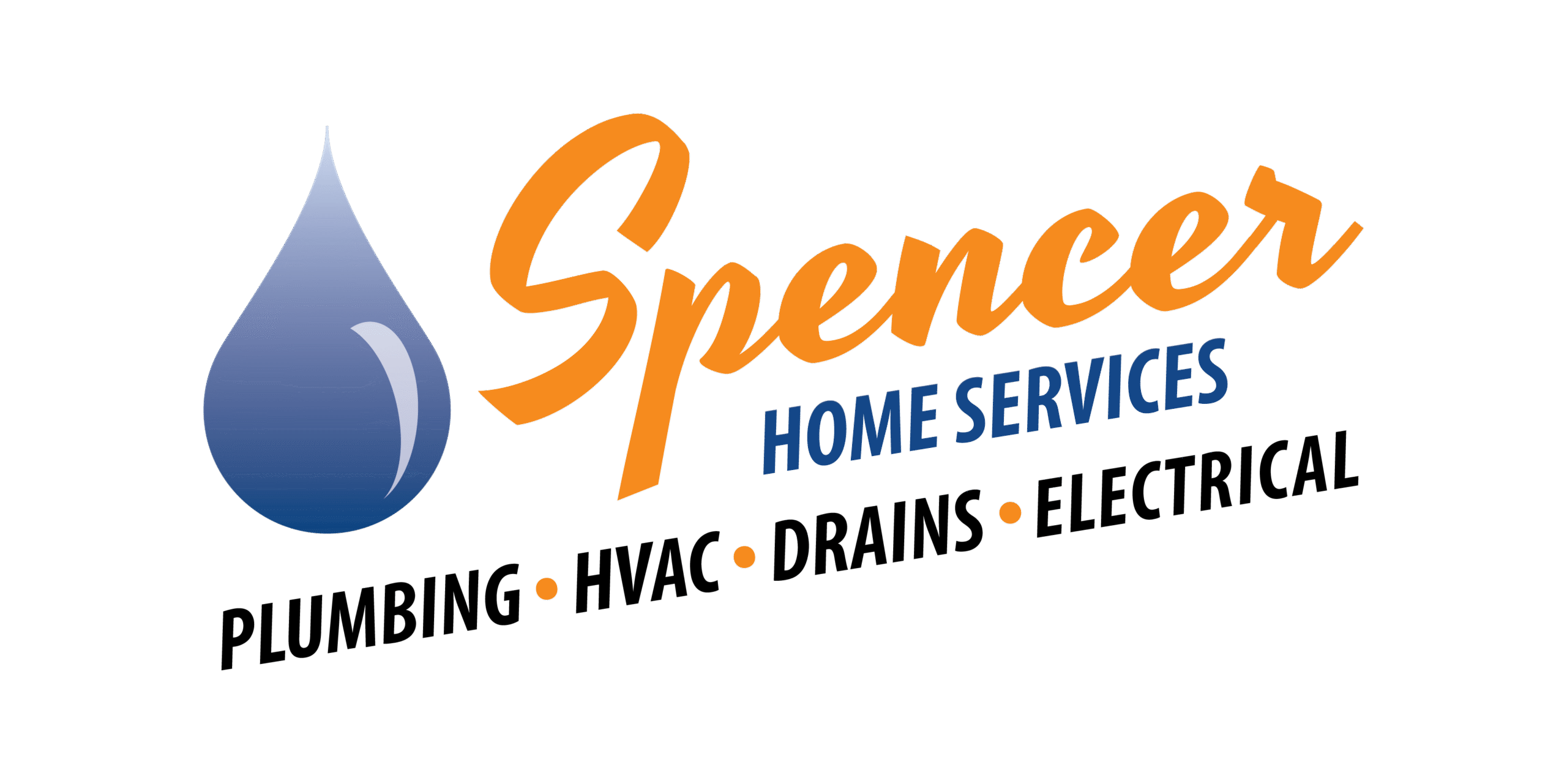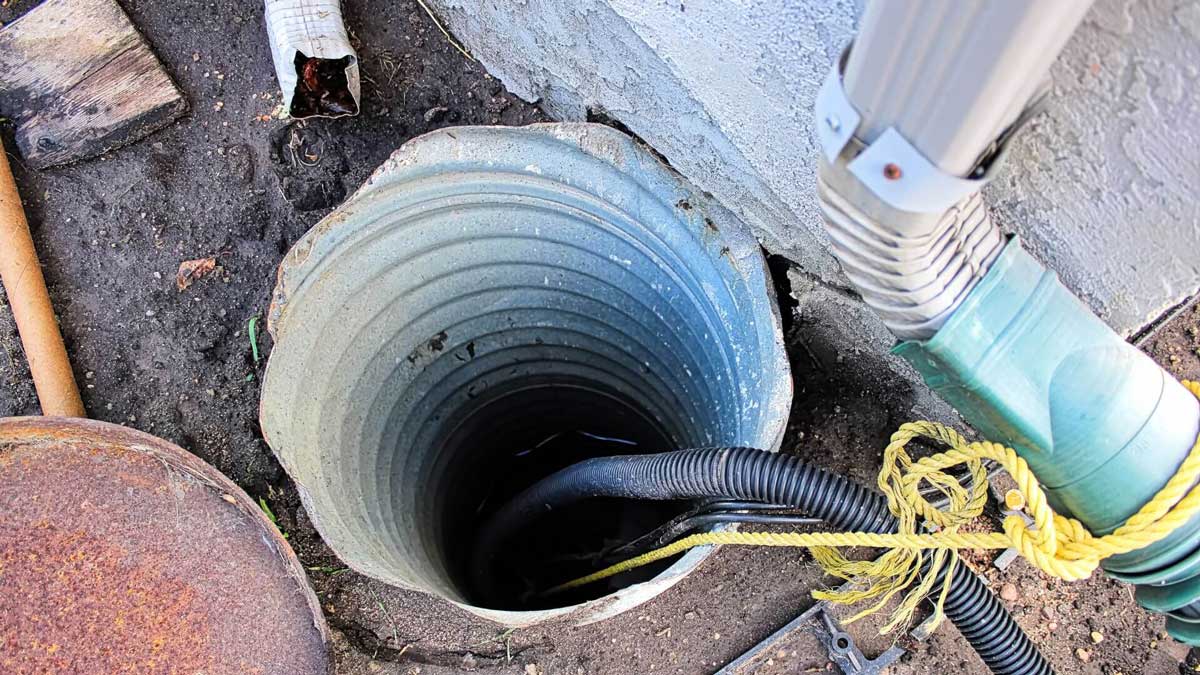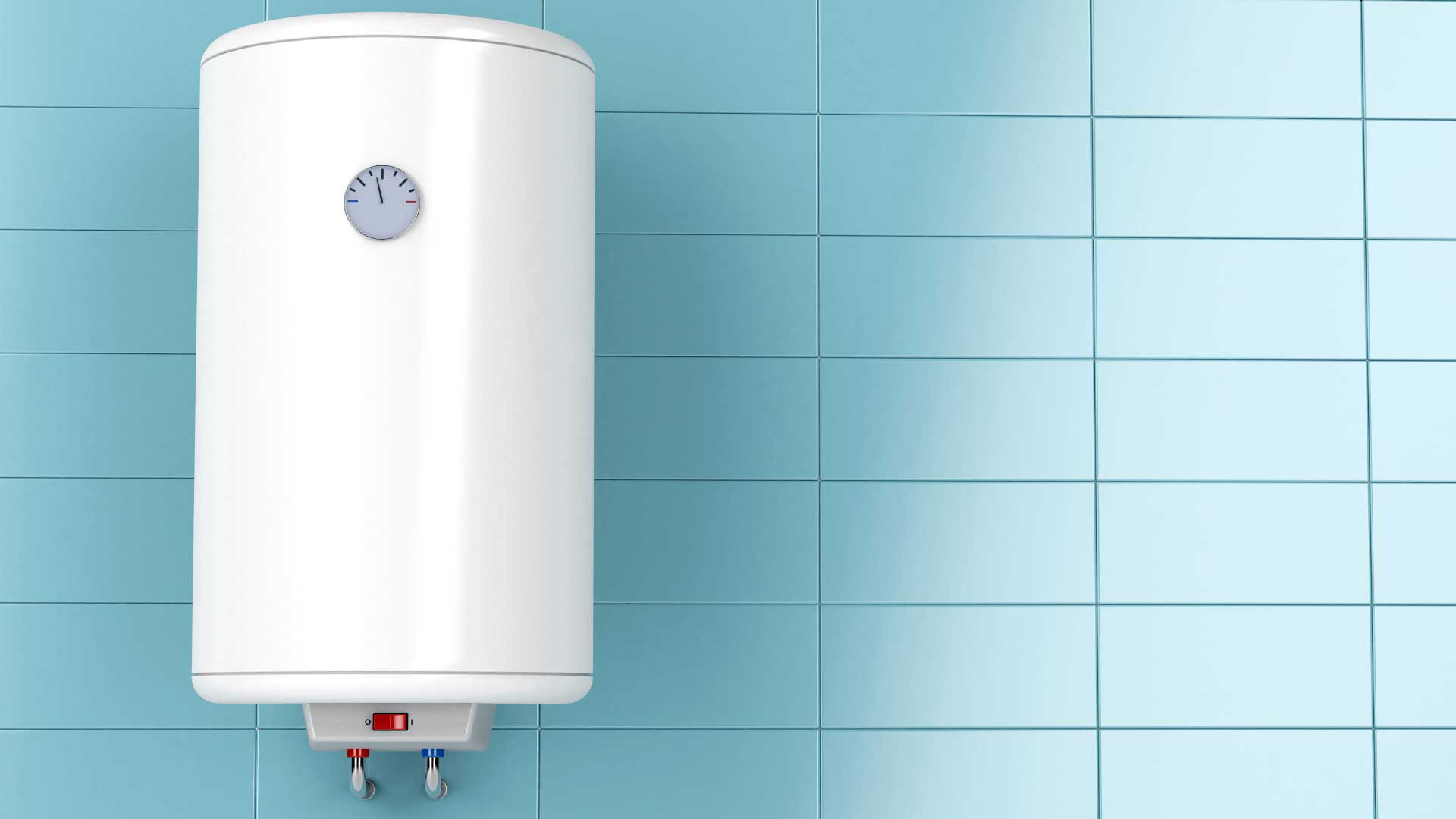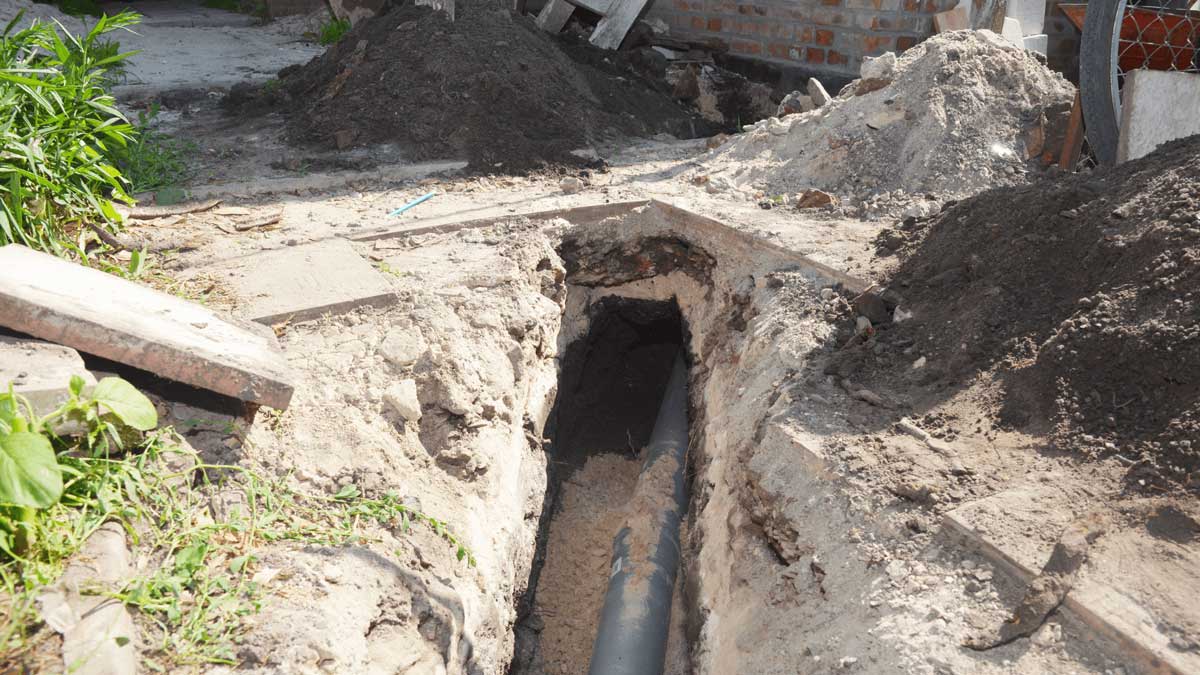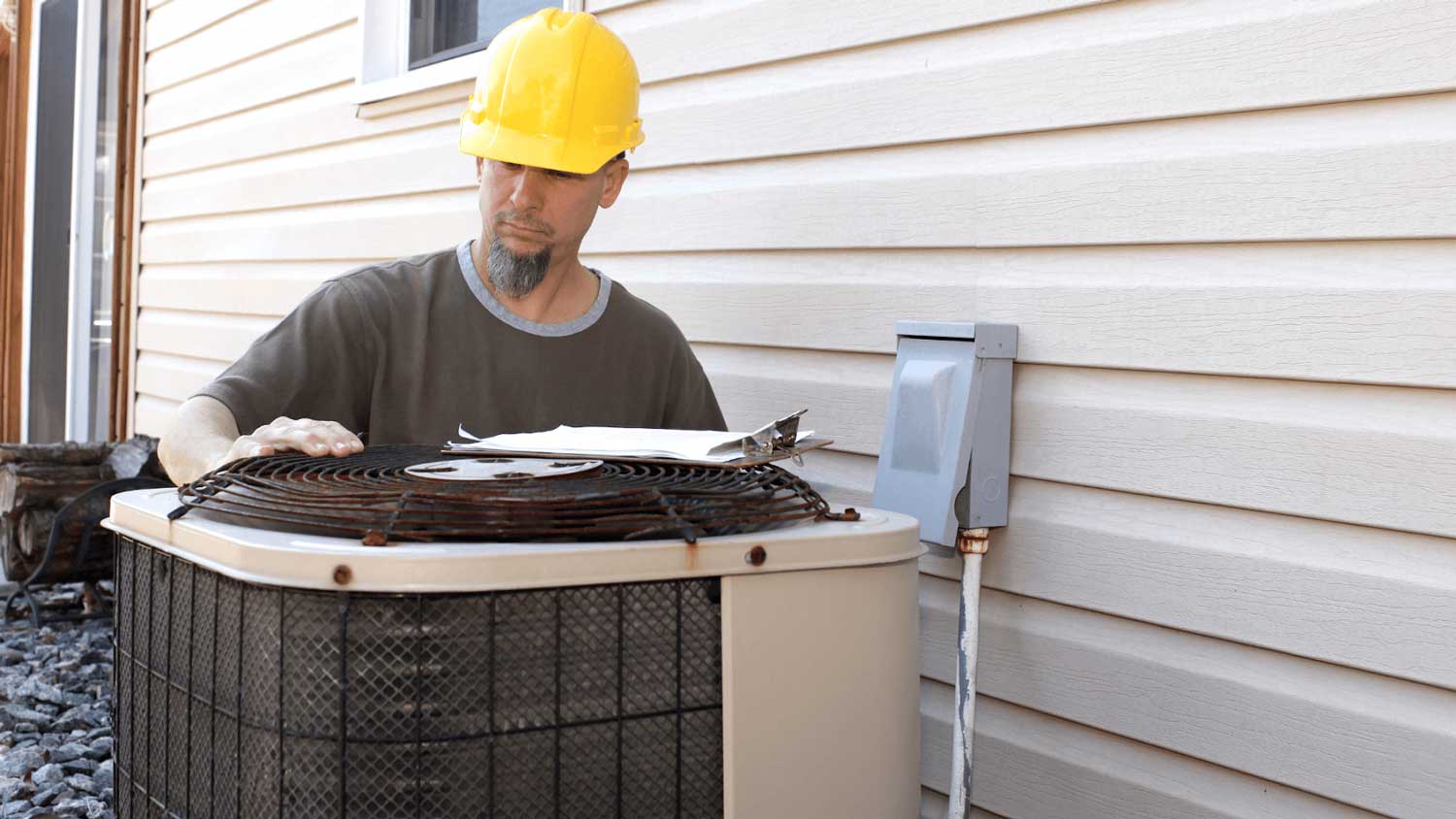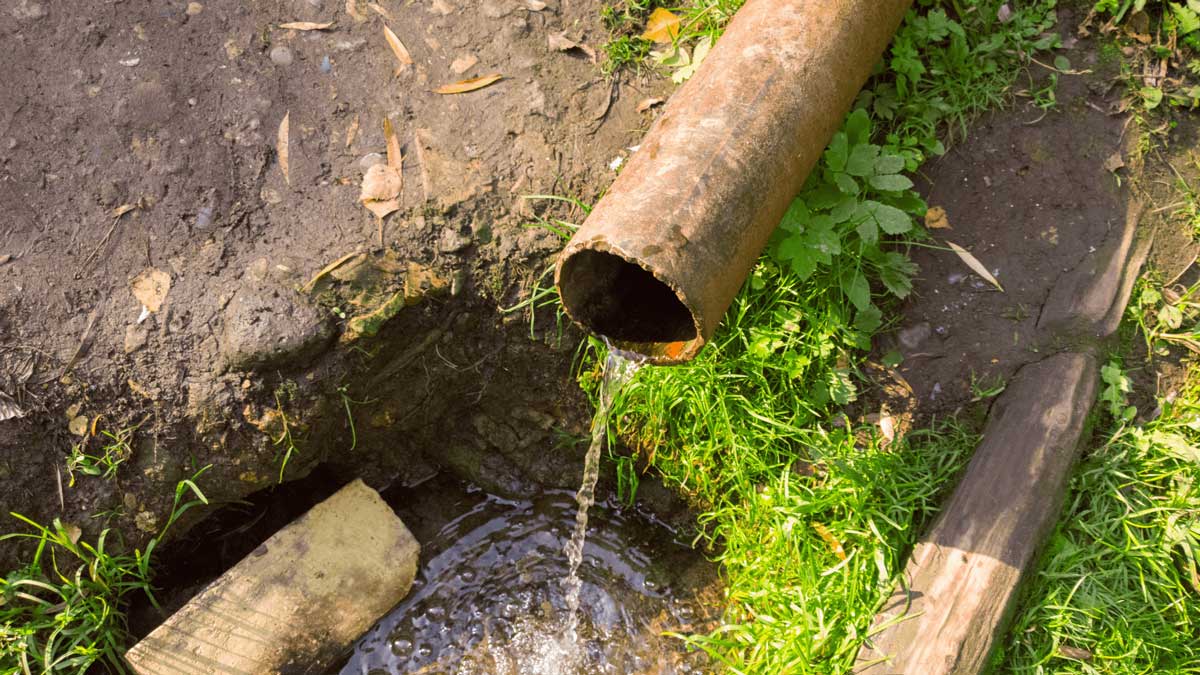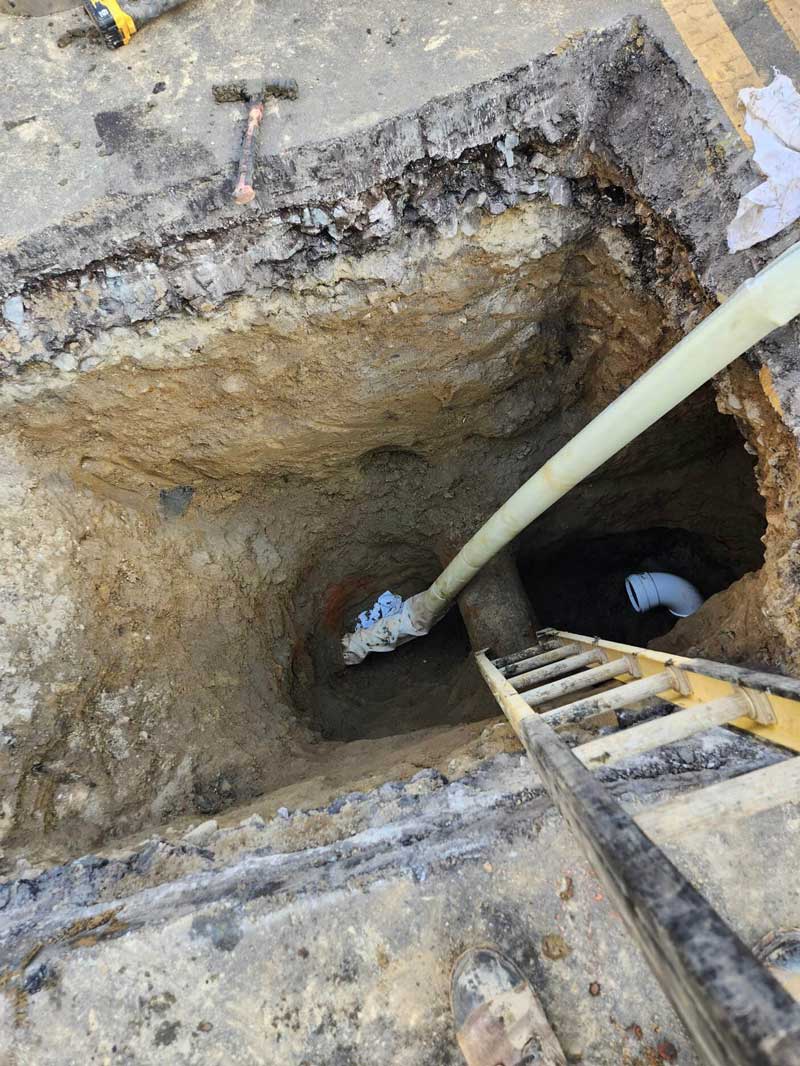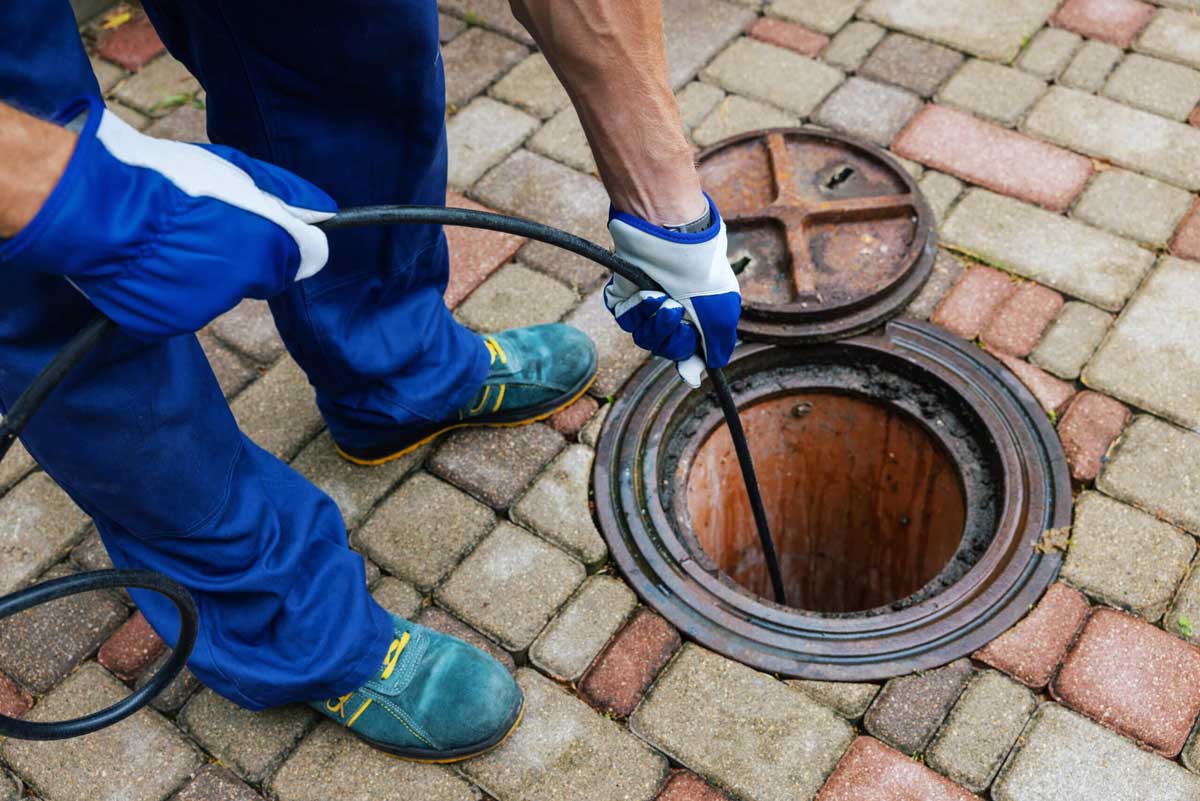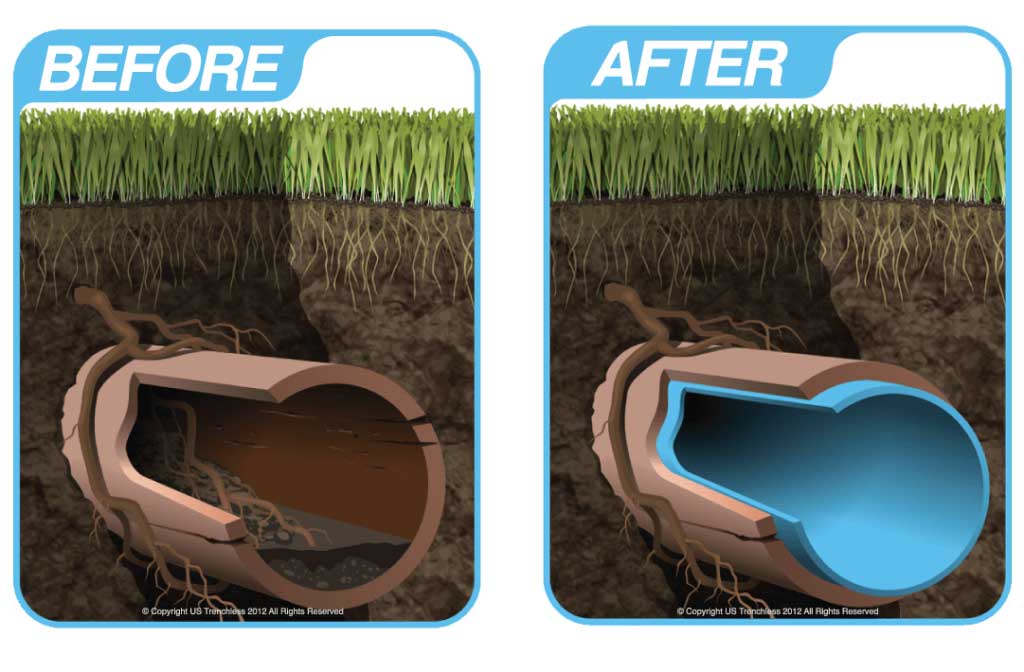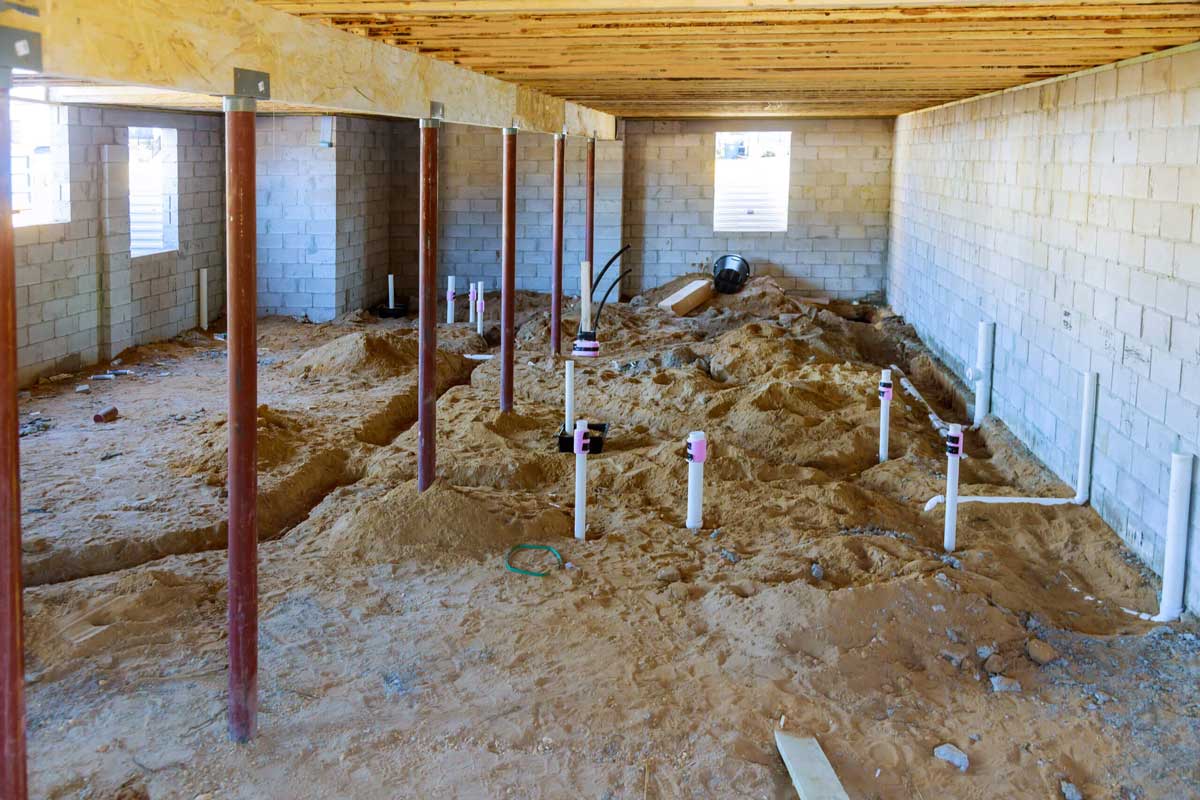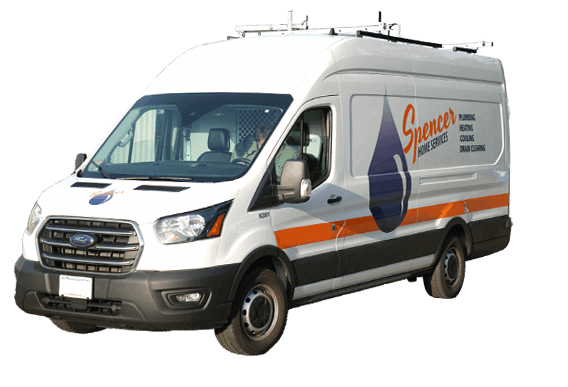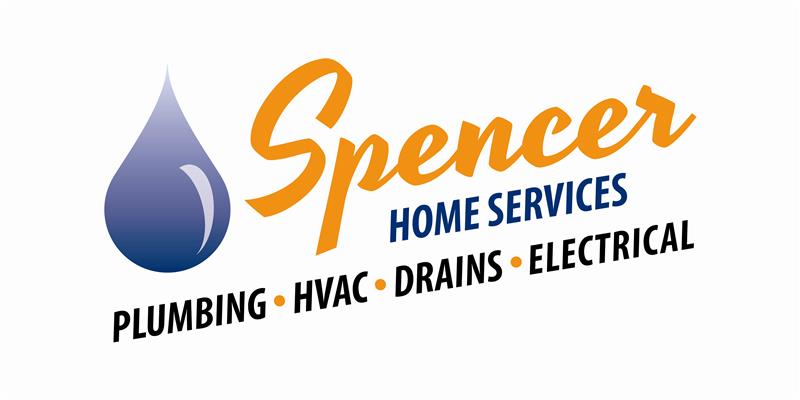When it comes to safeguarding your home against water damage, a sump pump plays a crucial role, especially during the summer months. Whether you’re facing heavy rainfall or dealing with high water tables, installing a sump pump can provide the protection you need. In this blog post, we will explore the significance of sump pumps, discuss the challenges of water intrusion during summer, highlight the benefits of sump pumps, provide maintenance tips, and guide you on seeking professional assistance. By the end, you’ll have a clear understanding of why installing a sump pump is essential for a secure and dry home. Spencer Home Service offers a wide variety of plumbing services that include sump pump installation and repair, check out our website to learn more!
UNDERSTANDING SUMP PUMPS
Sump pumps are devices designed to prevent basement flooding by removing excess water from the sump pit. A sump pit is a small reservoir located in the lowest part of your basement or crawl space. Water enters the cavity through drains or natural groundwater seepage. Once the water level rises to a specific point, the sump pump activates, expelling the water away from your home’s foundation through a discharge pipe. Installing a sump pump ensures that your basement stays dry and protected from potential water damage.
SUMMER CHALLENGES AND WATER INTRUSION
The summer season can bring its fair share of challenges regarding water intrusion. Heavy summer rain storms can cause water to accumulate around your home’s foundation, leading to leaks, cracks, and ultimately, flooding. Additionally, high water tables due to increased groundwater levels can put pressure on your basement walls, leading to seepage. By installing a sump pump, you can effectively manage these challenges and prevent potential water damage during the summer months.
BENEFITS OF SUMP PUMPS IN THE SUMMER
Investing in a sump pump offers numerous benefits, particularly during the summer months when water intrusion becomes a potential threat. By understanding the advantages of installing a sump pump, you can ensure a dry and secure home throughout the season. There are several compelling benefits that a sump pump brings to your summer plumbing strategy, including.
- Prevents Basement Flooding: The primary purpose of a sump pump is to keep your basement dry, protecting it from costly water damage.
- Reduces Humidity Levels: By removing excess moisture from the air, a sump pump helps maintain ideal humidity levels, preventing mold and mildew growth.
- Preserves Home Foundation: Properly installed sump pumps divert water away from your foundation, preventing soil erosion and potential structural issues.
SUMP PUMP MAINTENANCE TIPS
To ensure your sump pump functions optimally throughout the summer, regular maintenance is crucial. Here are some essential maintenance tips:
- Test Your Sump Pump: Periodically test your sump pump by pouring water into the sump pit. Ensure it activates and discharges water properly.
- Clean the Sump Pit: Remove any debris, dirt, or gravel that might impede your sump pump’s operation.
- Check the Discharge Pipe: Inspect the discharge pipe for clogs or obstructions, ensuring water flows freely away from your home.
- Replace Backup Batteries: If your sump pump has a battery backup system, replace the batteries annually to ensure it functions during power outages.
PROFESSIONAL SUMP PUMP ASSISTANCE
While maintaining your sump pump is essential, there are times when professional assistance is necessary. Professional sump pump assistance from Spencer Home Services is essential in certain situations to ensure optimal performance and address complex issues. By relying on professional sump pump assistance, you can enhance the performance and longevity of your system, providing reliable protection for your home during the summer and beyond. Here are some instances when you should consider reaching out to experts like Spencer Home Services:
- Installation Expertise: For proper installation or replacement, professional assistance ensures correct placement and electrical connections.
- Sump Pump Repairs: Unusual noises, frequent cycling, or failure to activate signal the need for expert repair services.
- Maintenance and Inspections: Regular professional maintenance ensures thorough cleaning, testing, and identification of potential problems.
- Backup Systems and Battery Replacement: Professionals ensure backup systems and batteries are functional during power outages or pump failures.
- Upgrading to Advanced Systems: Seek professional advice when upgrading to advanced sump pump systems for expert guidance and a seamless transition.
WHO SHOULD I CALL FOR SUMP PUMP EXPERTISE?
When it comes to sump pump installation, repairs, or maintenance, Spencer Home Services is your go-to resource. Our team of skilled sump pump installers possesses the knowledge and expertise to handle all your sump pump needs promptly and efficiently. From recommending the right sump pump for your specific requirements to ensuring proper installation, Spencer Home Services has you covered. You can find our sump pump installation and repair services under the plumbing tab on our website for more information. If you’re in need of sump pump installation or repair, contact Spencer Home Services today!
ENSURE A DRY AND SECURE HOME WITH SUMP PUMP INSTALLATION
Installing a sump pump is a wise investment that provides essential protection for your home, especially during the summer. By preventing basement flooding, reducing humidity levels, and preserving your home’s foundation, sump pumps offer numerous benefits. Remember to conduct regular maintenance and seek professional assistance when needed. With Spencer Home Services’ sump pump expertise, you can rest easy knowing your home is protected from water damage. Don’t wait until it’s too late – invest in a sump pump today and enjoy a dry and secure home throughout the summer season.
Check out our Google Reviews to see why so many of our happy customers rely on us for sump pump installation and repair services!
